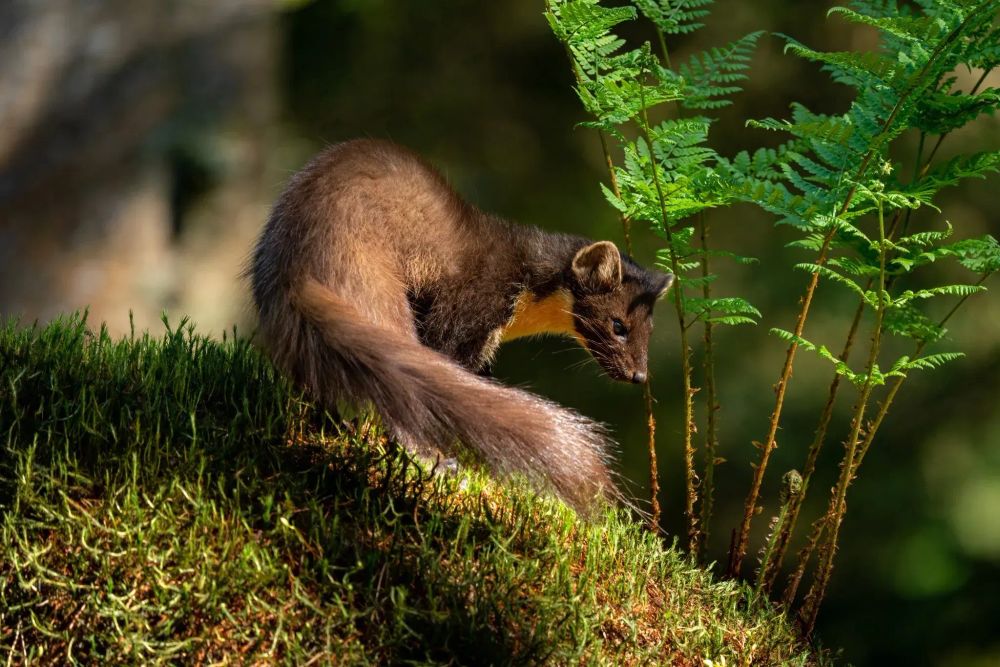We're so thrilled to be partnering with @foss4gna.bsky.social on this Special Issue!
Be on the lookout for some exciting new research on #OpenSource #GIS and #GeoSpatial analytics.
🧪
01.10.2025 21:26 — 👍 6 🔁 3 💬 0 📌 0
We believe that this transparency increases the constructive dialogue during peer review and decreases the number of reviewer 2's.
We can have rigorous peer review and be thoughtful / kind about it. They're not mutually exclusive!
28.08.2025 22:34 — 👍 1 🔁 0 💬 0 📌 0
Thanks! We find that the collaborative nature helps create higher-quality science.
How well does it work for computing conferences?
28.08.2025 22:32 — 👍 1 🔁 0 💬 1 📌 0
We're so excited to help showcase the amazing work at @foss4gna.bsky.social this year with a Special Issue!
Be on the lookout for new geospatial research in @stacksjournal.bsky.social!
#OpenSource #GIS
27.08.2025 20:19 — 👍 3 🔁 1 💬 0 📌 0

Genetic aspects of interspecies hybridization between sable and pine marten based on microsatellite loci data - Stacks Journal
Peer-reviewed research - Genetic aspects of interspecies hybridization between sable and pine marten based on microsatellite loci data
Did you see the new research in @stacksjournal.bsky.social that revealed pine martens and sables in Siberia may be hybridizing far more often than we thought?
Using DNA microsatellites, researchers found that nearly 20% of individuals were actually hybrids. 🦊🌍🧪🧬
🔗 doi.org/10.60102/sta...
27.08.2025 14:30 — 👍 8 🔁 1 💬 0 📌 0

Special Issues at Stacks Journal
Unite your community’s research with an eye-catching Special Issue
✨ Did you know @StacksJournal.bsky.social partners with organizations to create collaborative & engaging Special Issues?
They’re an affordable and #OpenAccess way to share your community’s research — and we just partnered with 2 more orgs to put some together! 🚀
🧪 #SciPub
25.08.2025 14:15 — 👍 2 🔁 0 💬 0 📌 0
Oh -- very interesting. Thanks for sharing!
22.08.2025 14:41 — 👍 0 🔁 0 💬 0 📌 0

Using temperature loggers to monitor den box use by American martens, fishers, and tree squirrels - Stacks Journal
Peer-reviewed research - Using temperature loggers to monitor den box use by American martens, fishers, and tree squirrels
A new study experiments with a low-cost way to monitor den-box use by martens & fishers – temperature loggers.
By analyzing the rate of temperature change, researchers correctly identified every fisher and marten den visit—and even distinguished the two species! 🦊🌍🧪
21.08.2025 14:03 — 👍 8 🔁 4 💬 1 📌 1

When I started @StacksJournal.bsky.social, I thought the hardest part would be building a modern #PeerReview platform.
Turns out, it's when you're slowly gaining traction.
Some days it's overwhelming. Other days, a researcher says, "We need this so badly." It all keeps me going.
🧪 #SciPub
19.08.2025 19:30 — 👍 19 🔁 3 💬 0 📌 0

What is the future for The Martes Complex (Guloninae) in the face of climate change and ecological breakdown? - Stacks Journal
Peer-reviewed research - What is the future for The Martes Complex (Guloninae) in the face of climate change and ecological breakdown?
You can read the full article in @stacksjournal.bsky.social at the link below. It's one of the latest articles from the Martes Working Group's Special Issue.
It’s #OpenAccess and went through our new model of peer review that is ethical and transparent.
🧪🦊🌍
🔗 doi.org/10.60102/sta...
19.08.2025 15:45 — 👍 13 🔁 3 💬 0 📌 0
But there’s hope!
Successful mitigation strategies include:
⇶ Landscape-scale forest connectivity
🌳 Climate-aligned reforestation
🦊 Better integration of wildlife into carbon policies
19.08.2025 15:45 — 👍 9 🔁 3 💬 1 📌 0
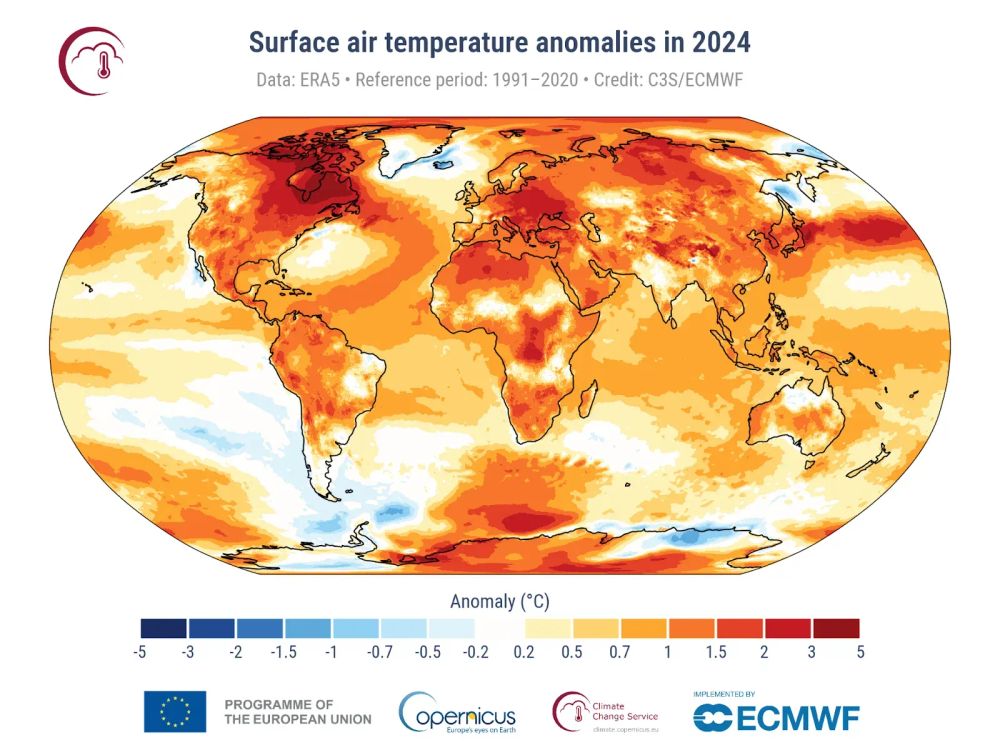
Why are they so vulnerable to climate change and ecological breakdown?
🌎 Narrow habitat preferences
❄️ Cold-adapted ranges (especially in the fast-warming Arctic)
🌲 Fragmented forests
🔄 Low adaptive capacity
19.08.2025 15:45 — 👍 5 🔁 0 💬 1 📌 0

From wildfires to deforestation to the collapse of prey populations, this research maps out how 11 Guloninae species are vulnerable to climate and ecological breakdown.
TLDR: 10 of 11 species are at medium or high risk.
19.08.2025 15:45 — 👍 10 🔁 6 💬 1 📌 0

The pine marten, fisher, wolverine, & similar species are facing more than habitat loss — they also occupy environments threatened by climate change.
New peer-reviewed research in @stacksjournal.bsky.social assesses the future of the Guloninae across the globe — and the outlook is rough. 🦊🌍🧪
A 🧵
19.08.2025 15:45 — 👍 27 🔁 15 💬 1 📌 0

Special Issue from the Martes Working Group in Stacks Journal
This Special Issue advances research and conservation efforts for fishers, martens, sables, tayras, and wolverines.
📣 Just published: Three new articles in the Special Issue from the Martes Working Group.
With contributions from leading researchers across Europe, Asia, & North America, this is quickly becoming a comprehensive & important collection.
14.08.2025 16:05 — 👍 4 🔁 2 💬 0 📌 0
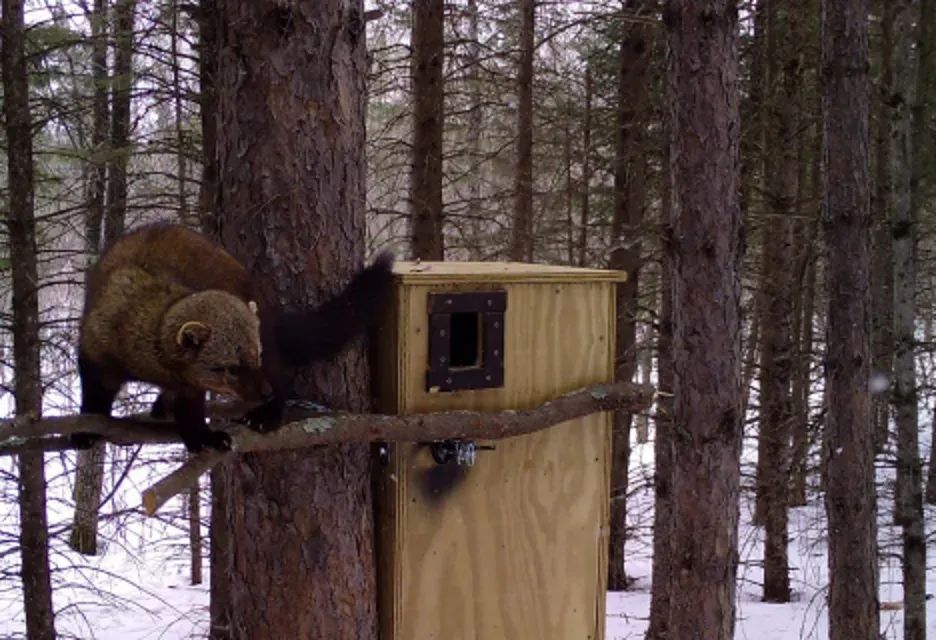
Using temperature loggers to monitor den box use by American martens, fishers, and tree squirrels - Stacks Journal
Peer-reviewed research - Using temperature loggers to monitor den box use by American martens, fishers, and tree squirrels
You can read the full article in @StacksJournal.bsky.social at the link below -- it's the latest installment from the Martes Working Group Special Issue.
It’s #OpenAccess and went through our new model of peer review that is streamlined and ethical.
5/5
🔗 doi.org/10.60102/sta...
24.07.2025 14:40 — 👍 1 🔁 0 💬 0 📌 0
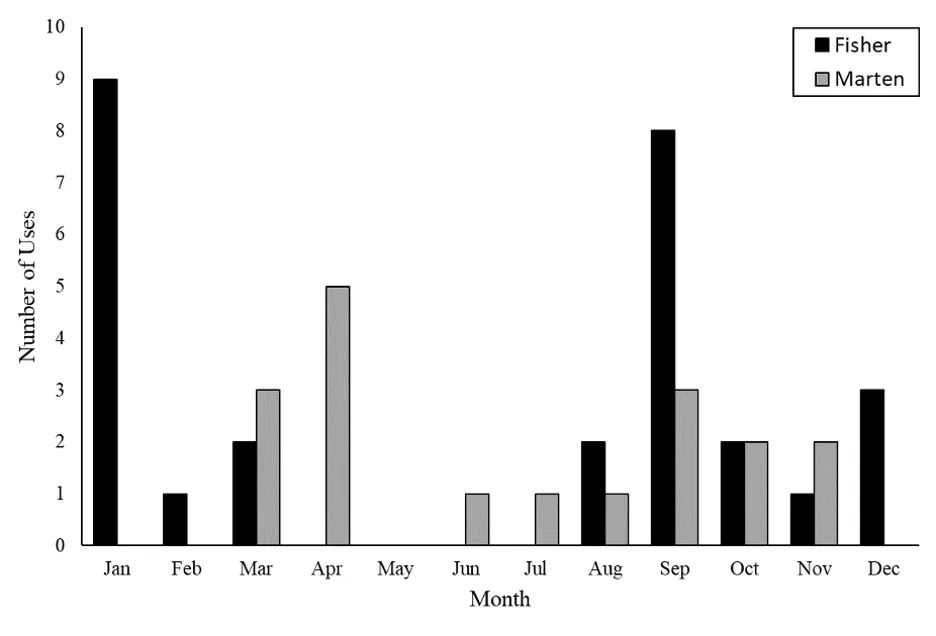
Histogram showing the number of uses detected by fishers and martens for each month of the year. Fishers uses are shown in black bars while marten uses are shown in gray bars.
This new technique could be really helpful for other non-invasive monitoring because it is:
💰 Cost-effective: Only one temperature logger needed
🦊 Efficient: Detects when animals are inside, not just nearby
📈 Scalable: Automatable—ideal for long-term monitoring
4/
24.07.2025 14:40 — 👍 1 🔁 1 💬 1 📌 0
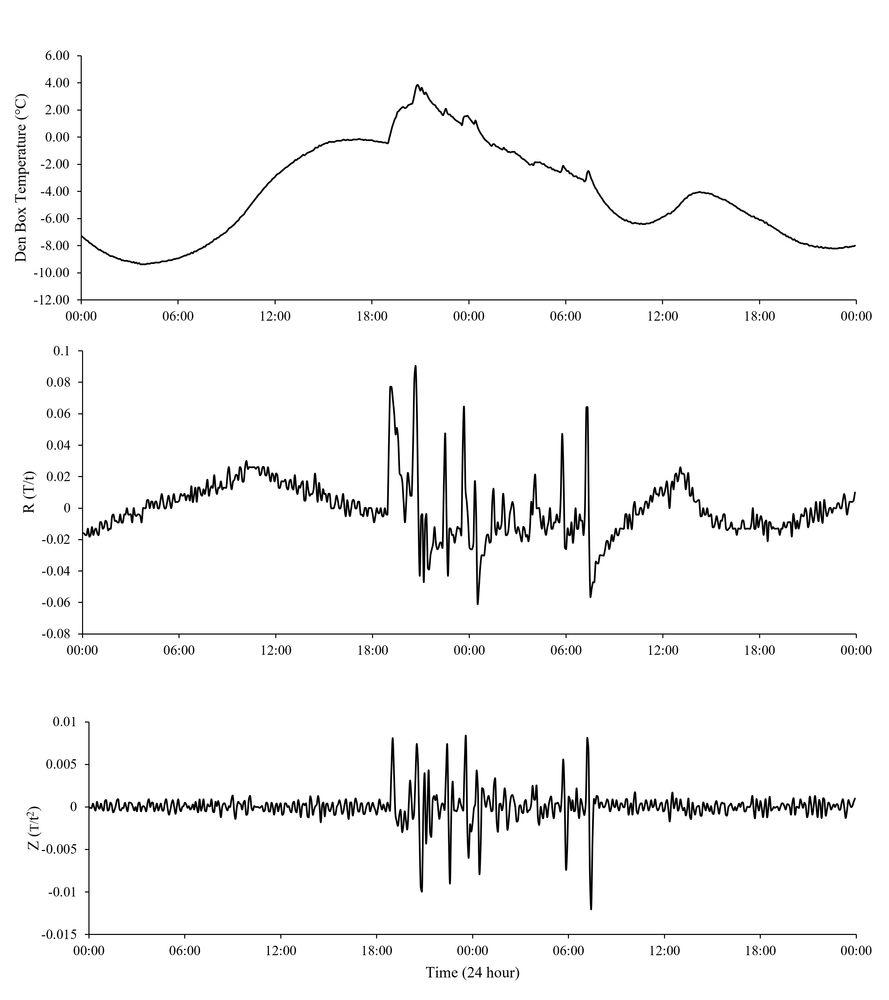
Graphs of temperature, first derivative of temperature by time, and second derivative of temperature by time for a den box use by an American marten.
Then they matched how temperature changes inside the den boxes were correlated with animals entering, staying, & leaving the boxes.
And they found...
Every fisher and marten visit triggered a consistent temperature spike. Even better—those spikes were distinct enough to tell the species apart!
3/
24.07.2025 14:40 — 👍 0 🔁 0 💬 1 📌 0
Researchers had an interesting idea -- what if you could use the rate of temperature change in den boxes to identify the wildlife visiting them?
So to investigate, they installed 86 den boxes with a temperature logger and remote camera in northern Minnesota and monitored them for three years.
2/
24.07.2025 14:40 — 👍 0 🔁 0 💬 1 📌 0
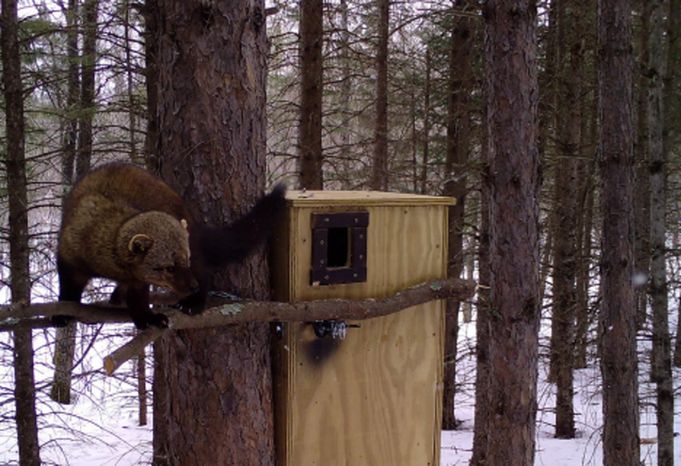
A fisher standing outside of a fisher den box in a red pine forest during the day in winter.
💡 What if monitoring wildlife was automatic and could even differentiate among species?
New research in @StacksJournal.bsky.social shows a novel idea: using the rate of temperature change in den boxes to track martens, fishers, and even sometimes squirrels. 🌍🧪🦊
A 🧵
#WildlifeConservation
24.07.2025 14:40 — 👍 15 🔁 3 💬 2 📌 0
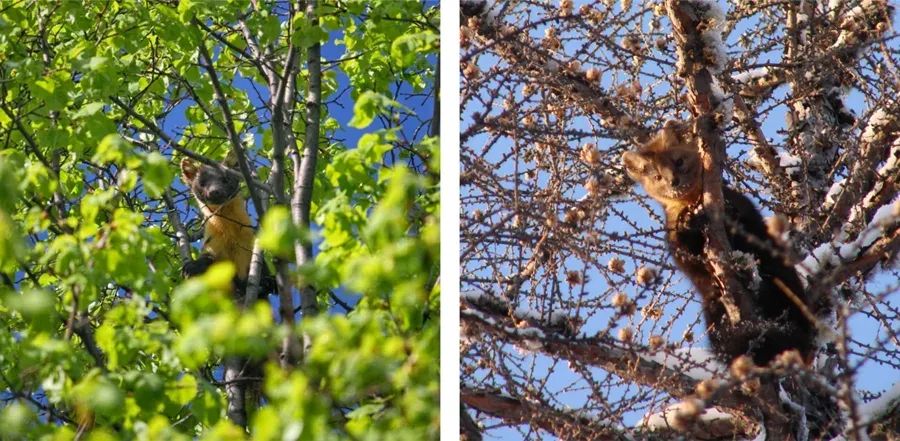
Genetic aspects of interspecies hybridization between sable and pine marten based on microsatellite loci data - Stacks Journal
Peer-reviewed research - Genetic aspects of interspecies hybridization between sable and pine marten based on microsatellite loci data
You can read the full article and learn more in @stacksjournal.bsky.social at the link below.
It's part of the Special Issue from the Martes Working Group, #OpenAccess, and went through our new model of peer review that is streamlined and ethical.
5/5
🔗 doi.org/10.60102/sta...
17.07.2025 14:16 — 👍 0 🔁 0 💬 0 📌 0
Why does this matter?
Because how we define species has real consequences and can lead to:
🧩 Misidentification
📉 Misguided conservation
🧪 Missed ecological complexity
This work deepens our understanding of interspecies gene flow in wild mustelids.
4/
17.07.2025 14:16 — 👍 1 🔁 0 💬 1 📌 0
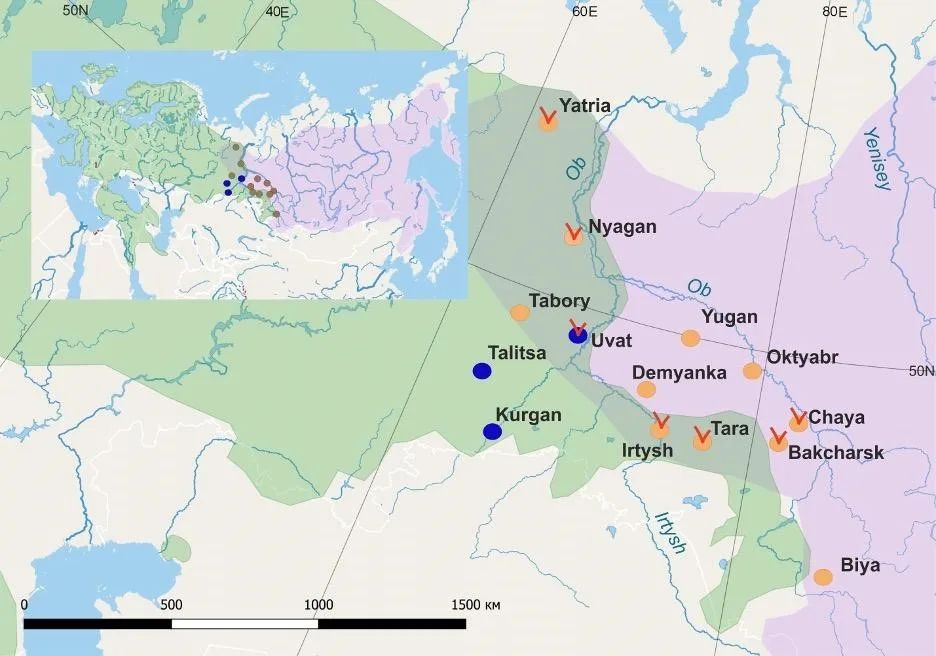
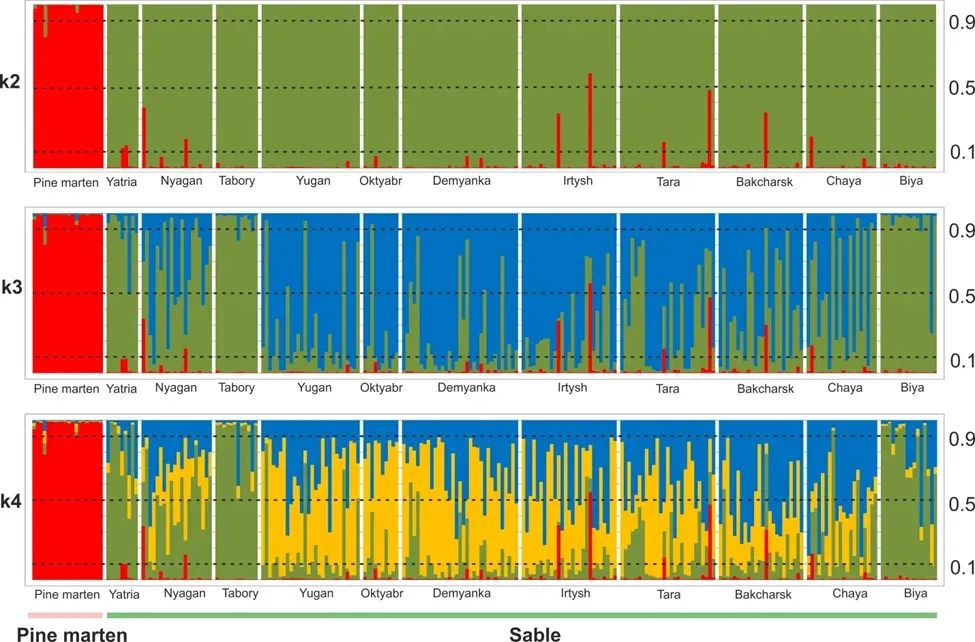
Researchers used 11 microsatellite DNA markers to analyze 246 individuals from Siberia.
The surprise? In 6 out of 11 sable populations, some animals were actually pine marten hybrids.
And – morphology alone couldn’t tell them apart.
3/
17.07.2025 14:16 — 👍 3 🔁 1 💬 1 📌 0
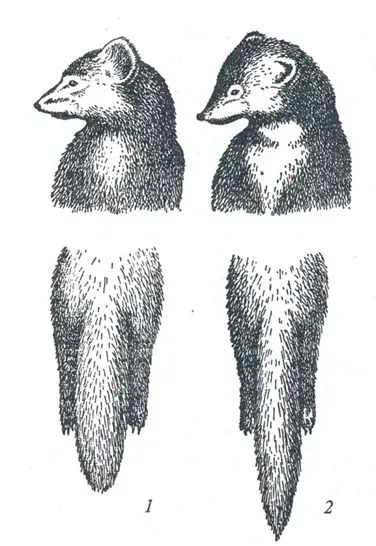
Sables and pine martens look distinct — with different tail lengths, throat patches, and fur.
But in areas where their ranges overlap, hybrids (called "kidus") may resemble either one.
17.07.2025 14:16 — 👍 0 🔁 0 💬 1 📌 0
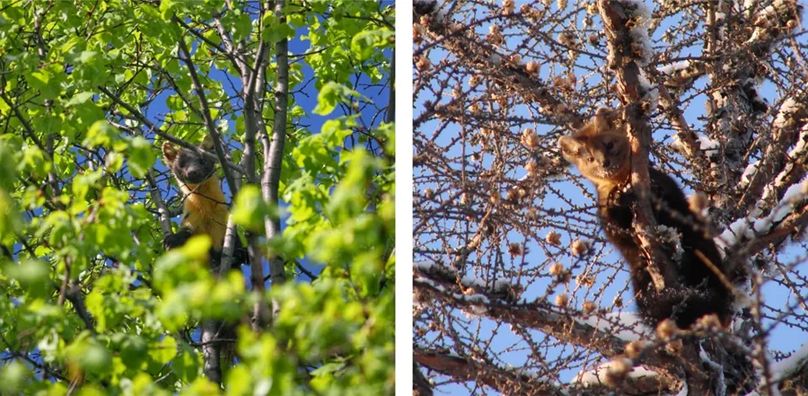
Do you think you can always tell a sable from a pine marten just by looking at it? 👀
In the Ural forests, it may be harder than you think.
New research reveals how genetic tools can uncover surprising levels of hybridization in the wild.
🧬🦊🌍🧪
A🧵
17.07.2025 14:16 — 👍 6 🔁 4 💬 1 📌 0
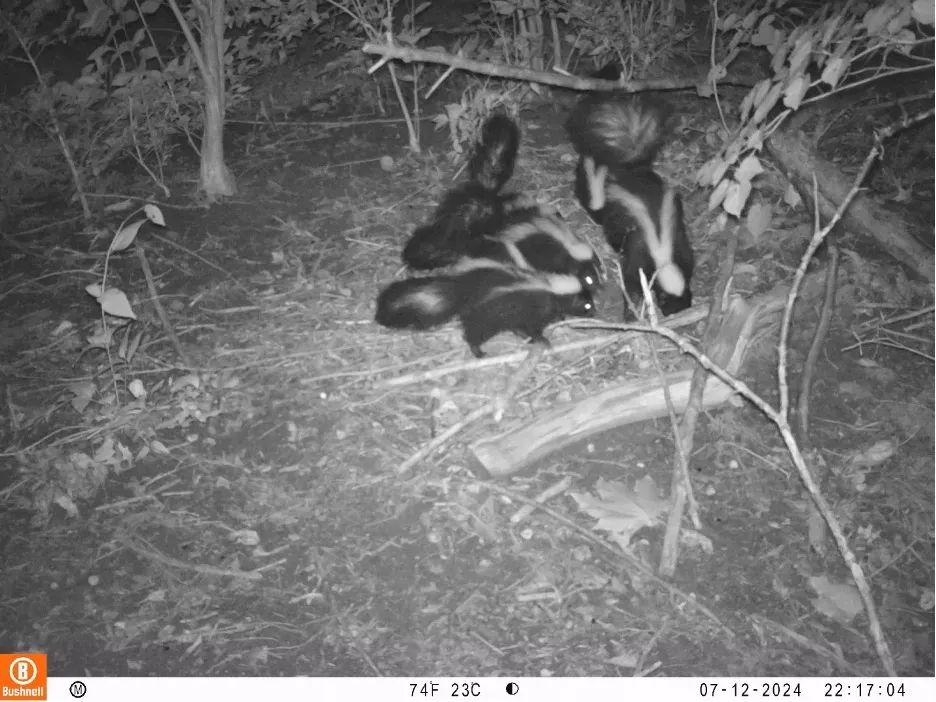
Local and long-distance colonization influence the distribution of a species in a fragmented landscape - Stacks Journal
Peer-reviewed research - Local and long-distance colonization influence the distribution of a species in a fragmented landscape
This study shows how a multi-process occupancy model cab reveal the mechanics behind urban wildlife movements.
Very helpful for ecologists, modelers, and wildlife managers—especially in urban landscapes.
6/6
Read the full open-access study:
🔗 doi.org/10.60102/sta...
09.07.2025 15:14 — 👍 4 🔁 0 💬 0 📌 0
And environmental factors mattered too:
🌊 Streams boost persistence
⛳️ Developed open space increases long‑distance colonization
🌇 Skunks are adapting to city parks, yards
5/
09.07.2025 15:14 — 👍 4 🔁 0 💬 1 📌 0
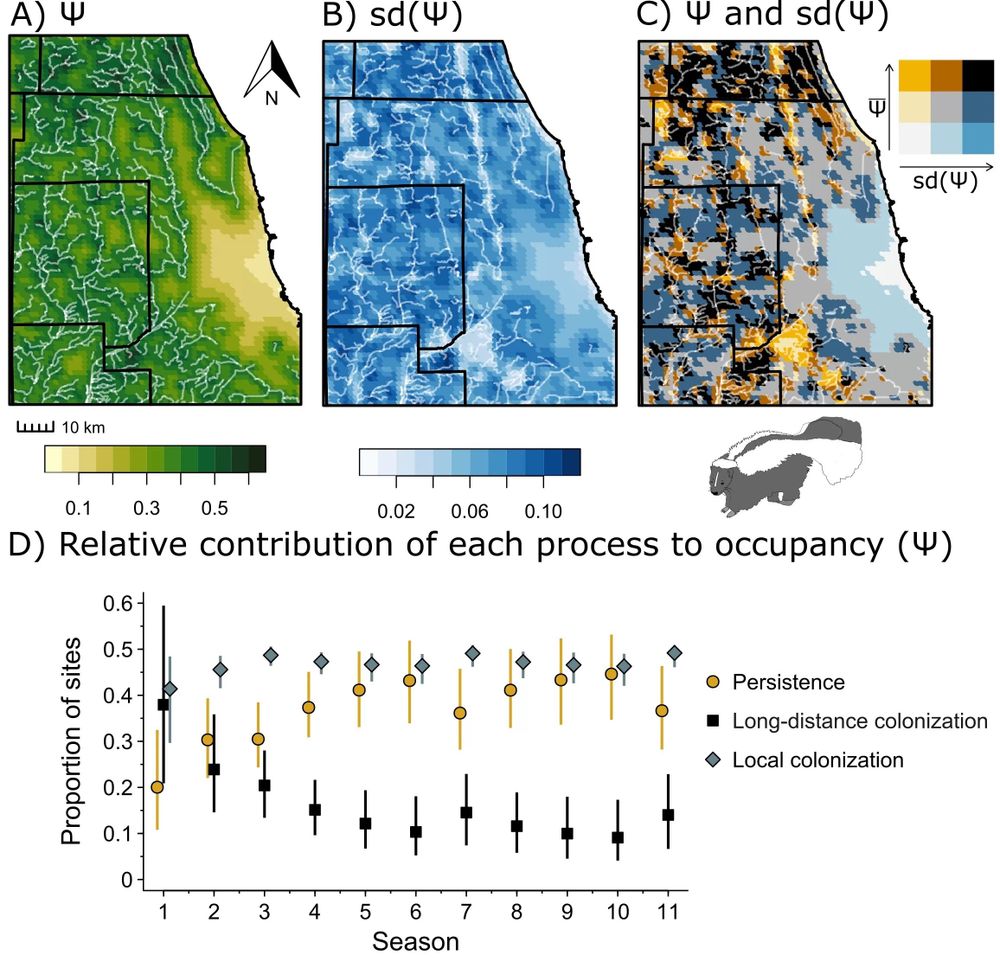
They found two big patterns:
🟩 Local colonization drives most occupancy
🍂 But in fall — when juvenile skunks disperse — long-distance movements increased
Open lawns and water sources played a key role.
4/
09.07.2025 15:14 — 👍 5 🔁 0 💬 1 📌 0
